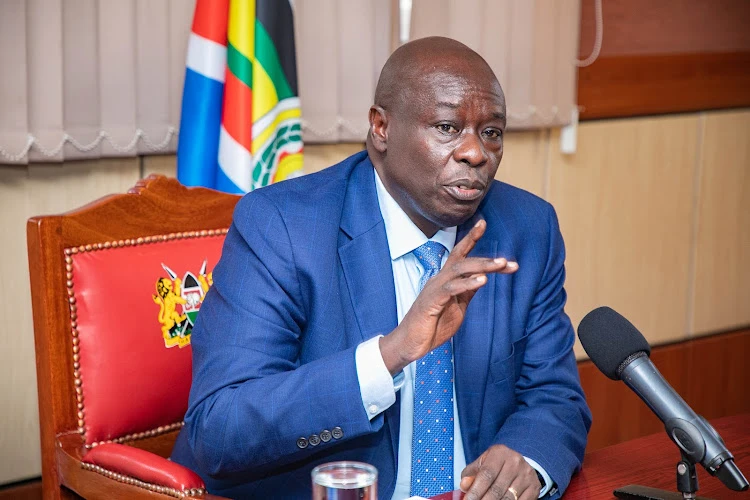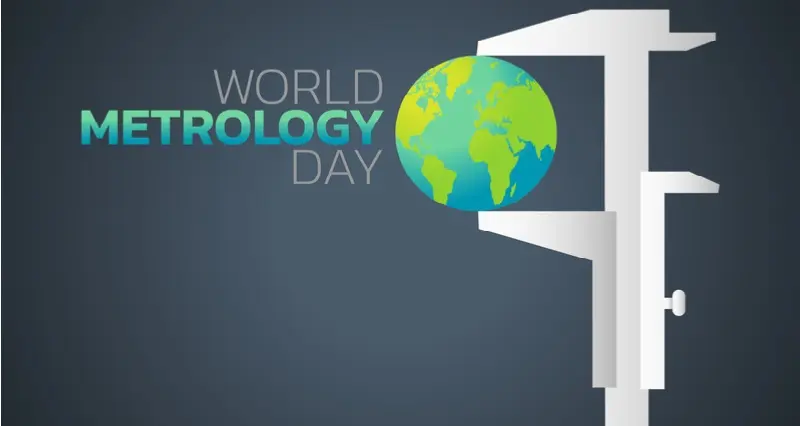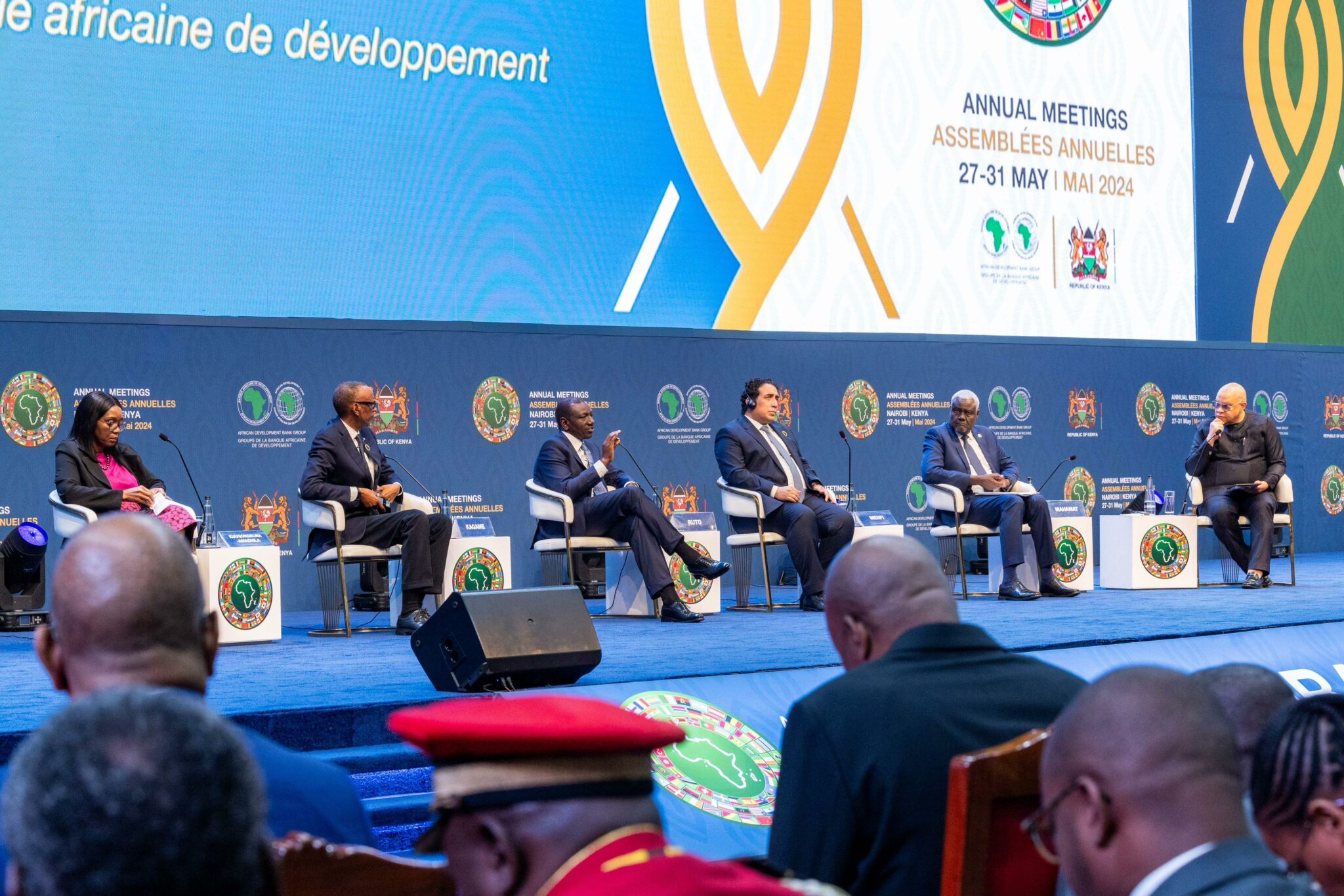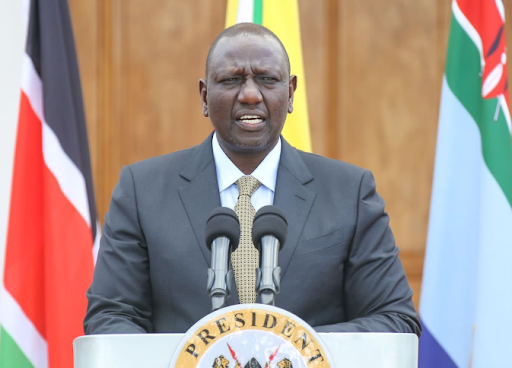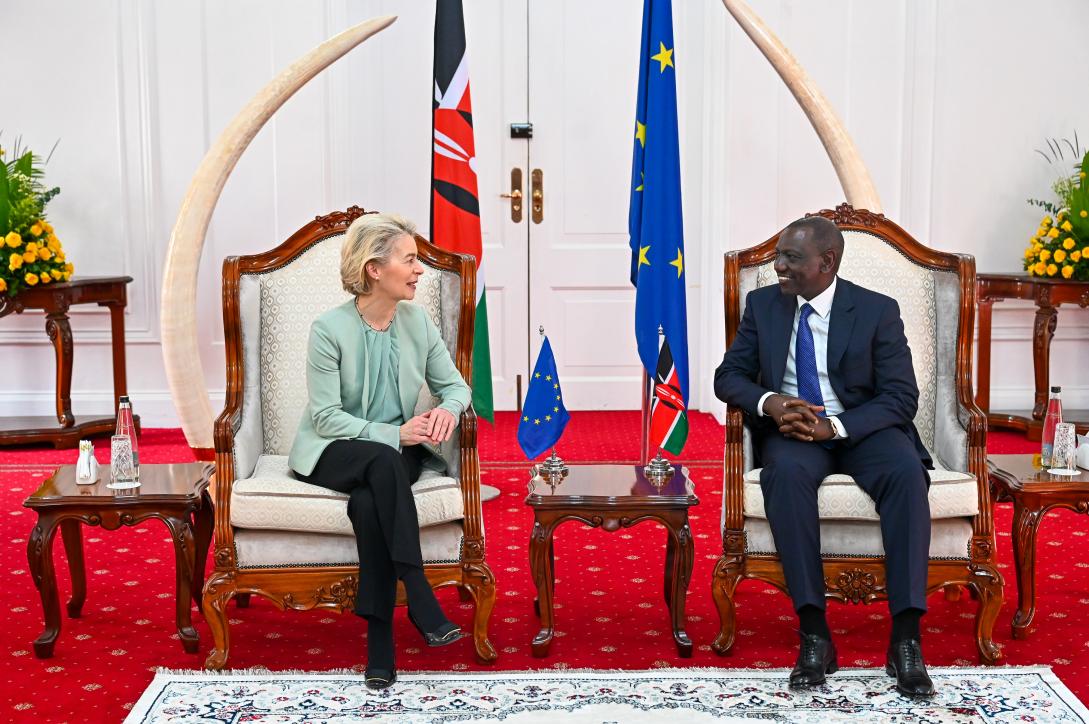Education is the most powerful weapon we can use to change our country. The most successful societies in the world are those with an education system that continuously responds to the needs of the society but does not compromise quality and relevance while keeping a firm emphasis on measurable learning outcomes at all levels. In an era where human capital is so critical, we need to adequately capture the skills, values, and attitudes that will transform our learners into winners. A practical, project, and technology-based curriculum that transfers knowledge into problem-solving activities to address our challenges and equip generations with entrepreneurial skills to recognize and take advantage of the opportunities around them is the way to go.
In the span of just one year in office, President William Ruto’s government has left an indelible mark on Kenya’s education sector. His administration’s unwavering commitment to revolutionizing education has yielded remarkable achievements that are poised to shape the nation’s future. Here, we report on the significant milestones attained during President Ruto’s first year in government.
Enhanced Funding and Increased Capitation
President Ruto’s government has allocated substantial resources to the education sector. The allocation of 628.6 Billion to education in the national government’s budget, up from Kshs. 544.4 Billion in the previous administration, reflects the President’s unwavering commitment to the sector. This enhanced funding is critical in ensuring the sustainability and growth of education in Kenya. University funding also increased from shs. 44 Billion to sh 82 Billion.
President Ruto’s administration has introduced substantial changes in capitation for students, marking a significant shift in the nation’s education landscape. For instance, Junior secondary school students now receive Sh15,043 each as capitation, while senior school students receive Sh22,527 per learner. Free Primary Education – which is a brainchild of Kenya’s third President the Late Mwai Kibaki– will receive increased funding since 2003. The programme has over the 20 years received Sh1,420 per leaner and was never reviewed under President Uhuru Kenyatta, the proposed reforms now recommend a Sh818 increment on the amount to Sh2,238.
Transforming the Teaching Profession by Empowering Teachers
Recognizing the pivotal role teachers play in shaping the future of the nation, President Ruto’s government has prioritized their empowerment. Mandatory retooling programs and internships have been introduced to equip teachers with the latest teaching methodologies and skills. This investment not only elevates the status of the teaching profession but also ensures that students receive an education that prepares them for the challenges of the modern world.
One of the most notable accomplishments of President Ruto’s tenure has been the recruitment of over 56,000 new teachers. This massive influx of educators has substantially improved the teacher-pupil ratio, ensuring that students receive more personalized attention and high-quality instruction. This recruitment drive not only addresses a long-standing shortage of teachers but also enhances the overall quality of education in Kenya.
Under President Ruto’s visionary leadership, Kenya’s education sector has witnessed remarkable changes, including the promotion of 14,000 teachers and a substantial increase in teachers’ salaries by 7-10%. These measures not only acknowledge the invaluable role educators play in shaping the nation’s future but also address longstanding issues of teacher motivation and retention. Prior to his administration, the teaching profession faced challenges that hindered its attractiveness and effectiveness. President Ruto’s commitment to empowering teachers through both career advancement and improved remuneration has not only elevated the status of educators but has also translated into better learning outcomes for students across the country. These actions underline his dedication to building a strong foundation for Kenya’s education system.
Higher Education Funding
President Ruto’s government has introduced a transformative higher education funding model, aiming to enhance access to tertiary education while ensuring its financial sustainability. Departing from the previous 32-year-old model, where the government theoretically covered 70% of students’ fees while loans and direct fees from parents covered the remaining 30%. However, due to funding challenges, the government couldn’t provide the full amount per student, leading to substantial debts for universities. President Ruto’s solution categorizes students based on their level of need: vulnerable, extremely needy, needy, and less needy.
Under this innovative system, the neediest students, classified as vulnerable or extremely needy, will be relieved from paying direct fees. Instead, the government will fully support them through government scholarships and a repayable student loan, activated once they secure employment. Meanwhile, students categorized as needy and less needy will contribute minimally towards their direct fees. This new funding approach is set to not only ease universities’ debt burden but also ensure more targeted financial support for those in need, ultimately promoting a more skilled workforce in Kenya. To facilitate this change, president Ruto’s government increased the Higher Education Loans Board (HELB) budget by Sh20 billion, with Sh15.9 billion allocated to the university funding board for this new model.
Curriculum Redesign to Equip Students for the Future
In line with the changing demands of the 21st century, the Competency-Based Curriculum (CBC) has undergone a comprehensive overhaul. The CBC now equips Kenyan students with practical skills and competencies essential for success in the modern world. This curriculum redesign ensures that education in Kenya remains relevant, empowering students to become problem-solvers and entrepreneurs.
President Ruto’s Education Reforms
President William Ruto’s commitment to transforming Kenya’s education system has brought about a comprehensive set of reforms within just one year of his presidency. These reforms encompass streamlining the curriculum, enhancing funding and scholarships, providing a safety net for smaller schools, developing a holistic school system, fostering community engagement, and more. Notably, these reforms prioritize teacher development and equitable university financing, ensuring that the education sector receives the attention and resources it deserves. President Ruto’s vision for Kenya’s education system is one that equips students with practical skills, promotes inclusivity, and prepares them for the challenges of the modern world. These reforms are poised to shape the future of education in Kenya and drive the nation’s progress in the years to come.
President William Ruto’s achievements in the education sector within just one year of his presidency are nothing short of transformative. From addressing teacher shortages to empowering educators, overhauling the curriculum, and increasing funding, his administration has set Kenya on a path towards an education system that not only empowers students with practical skills but also drives economic growth and social progress. As these reforms take root, the future of Kenyan education looks brighter than ever.

